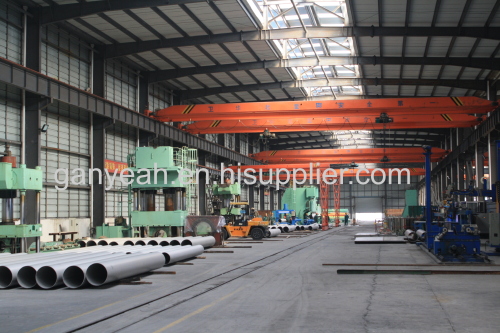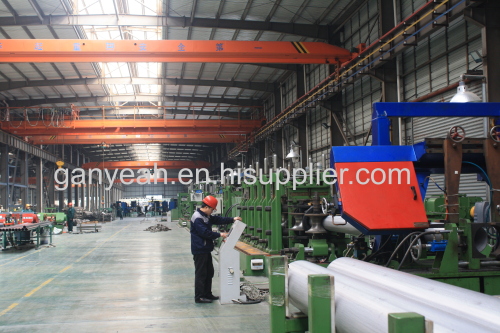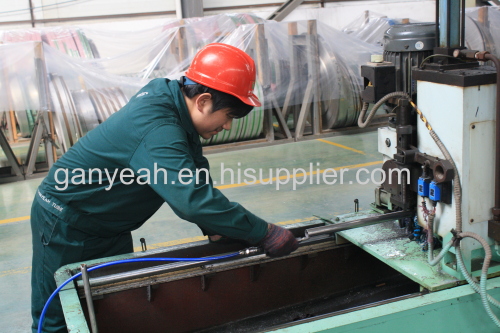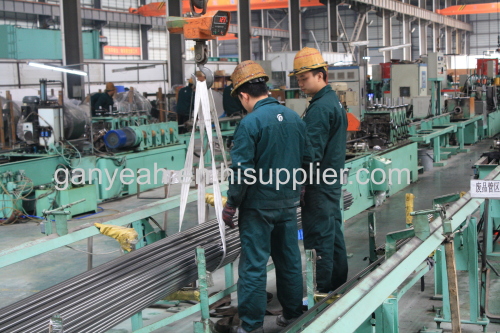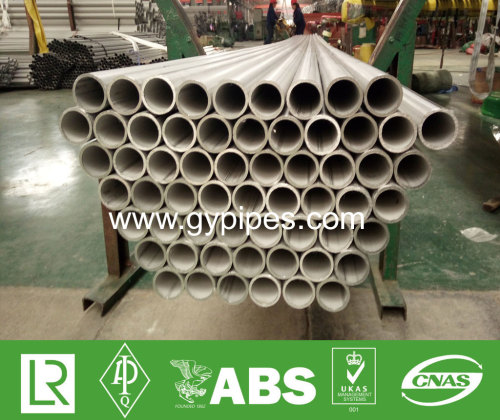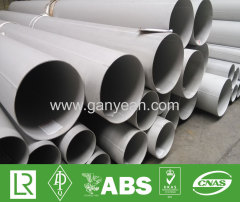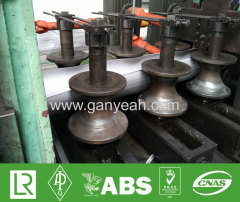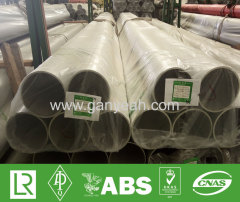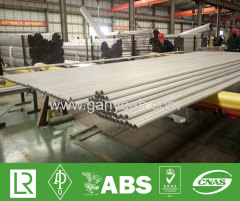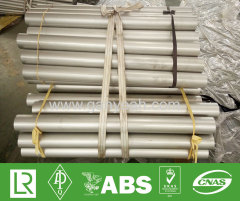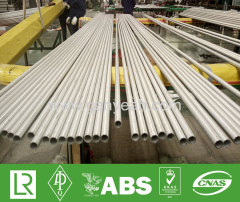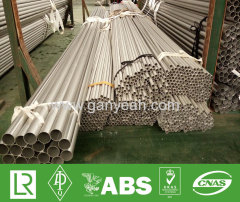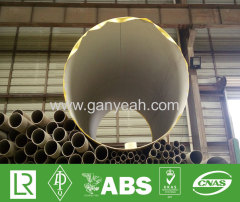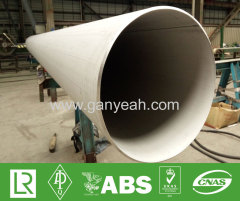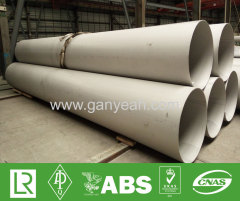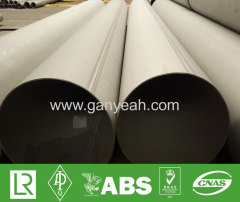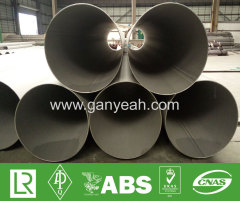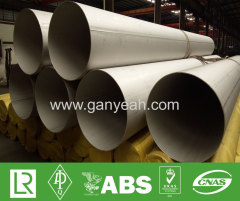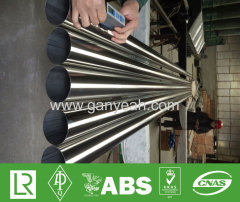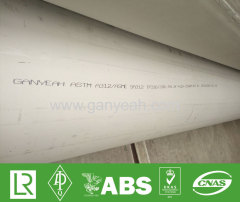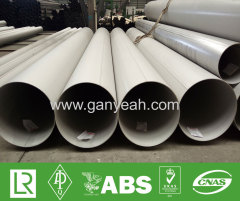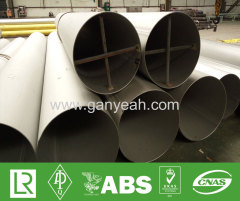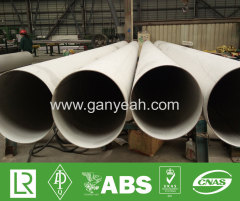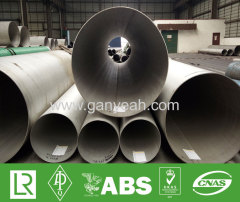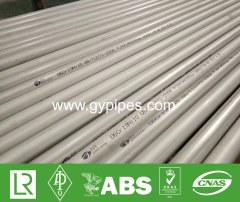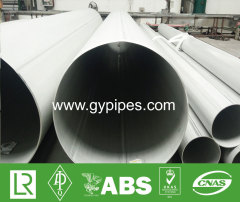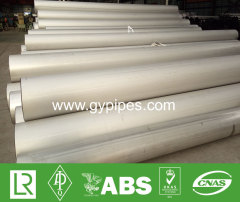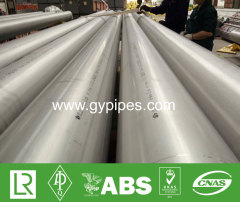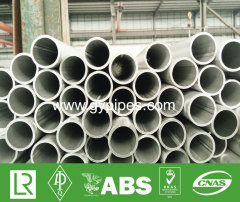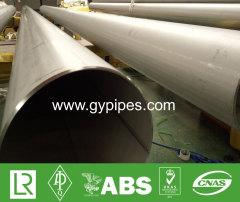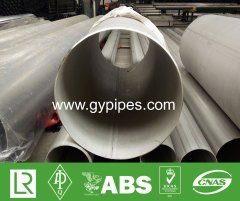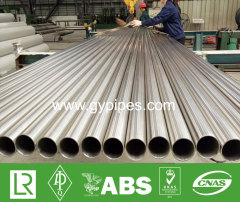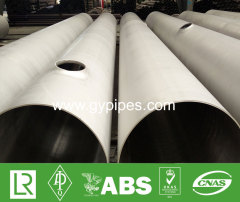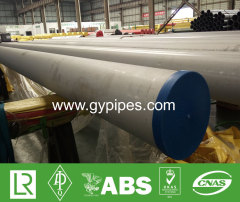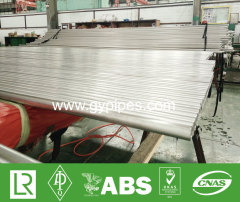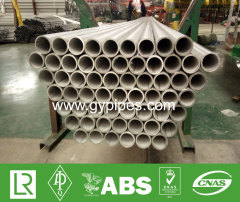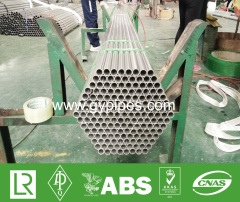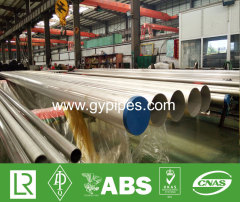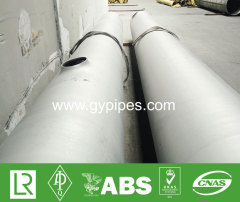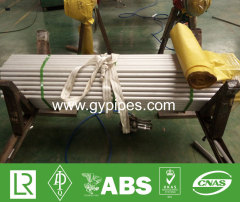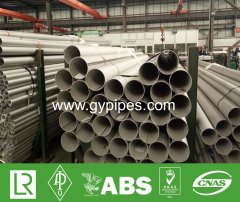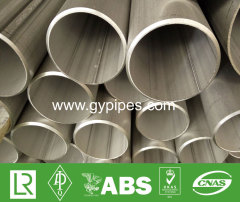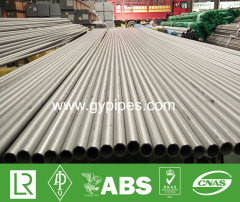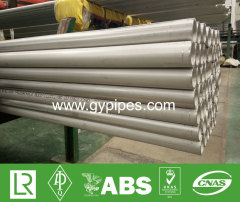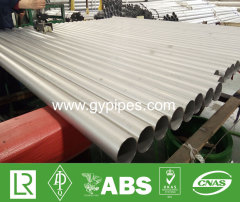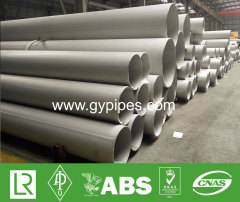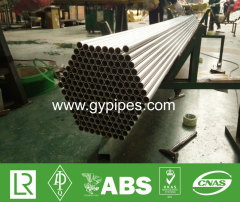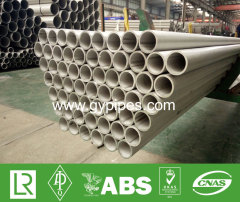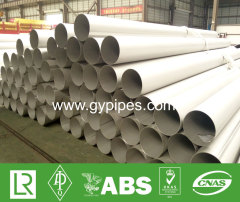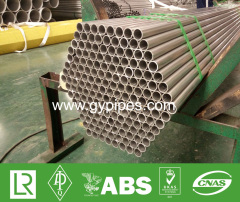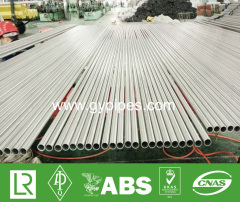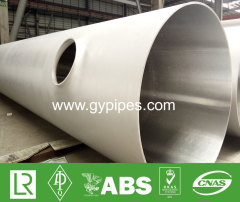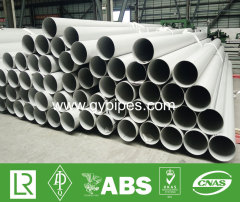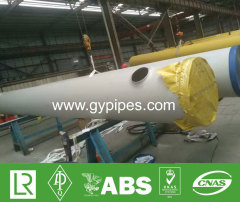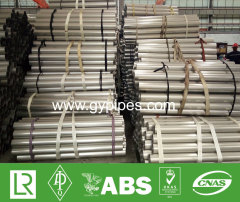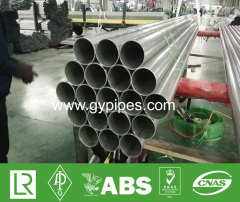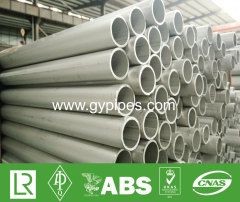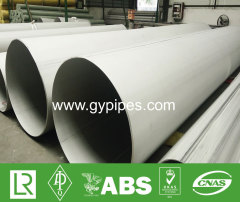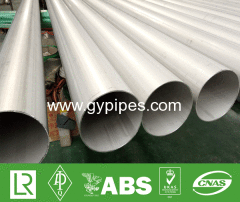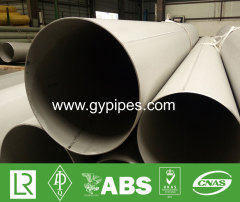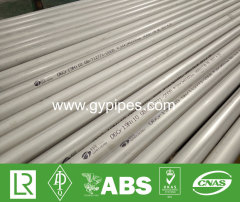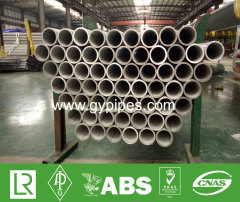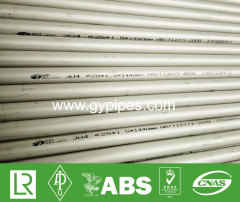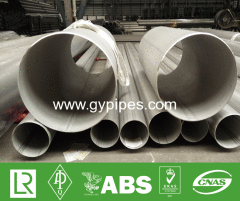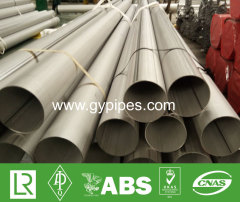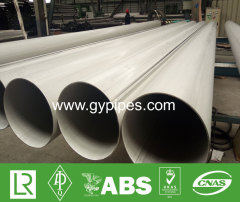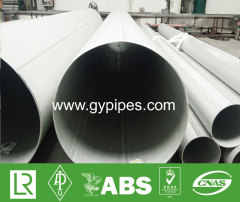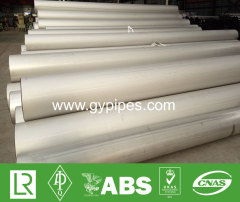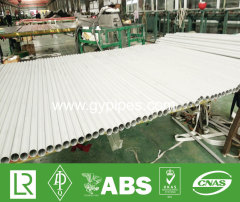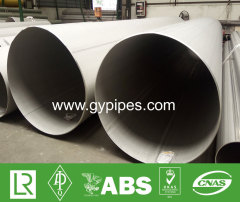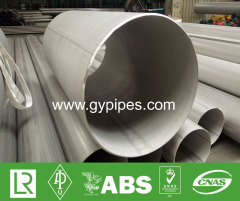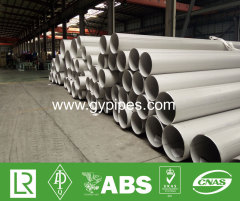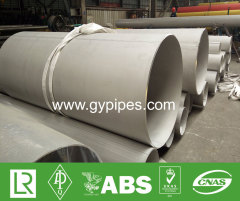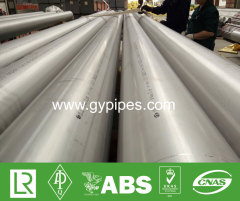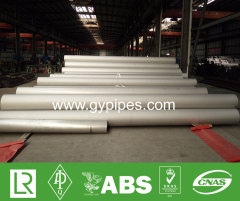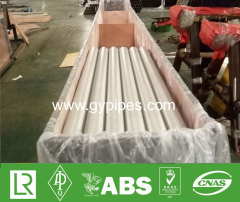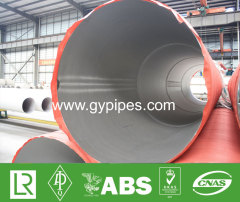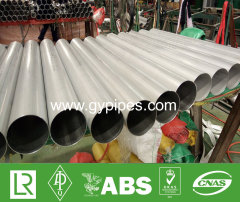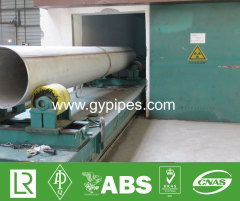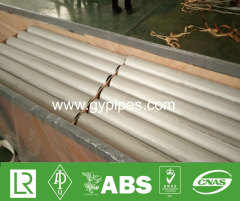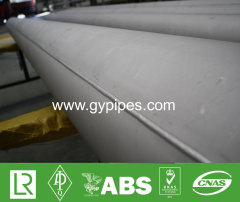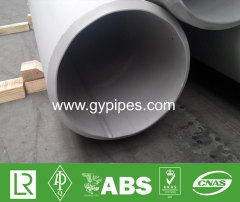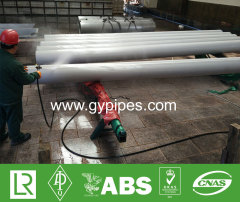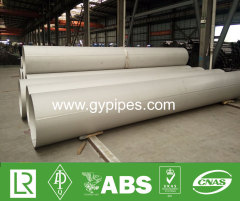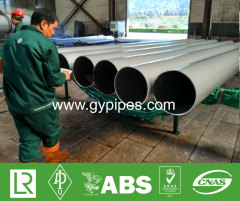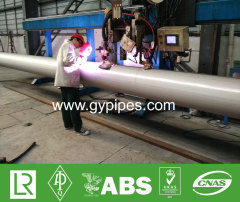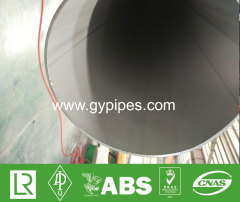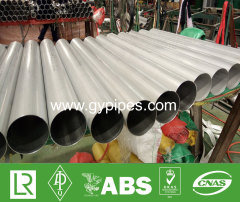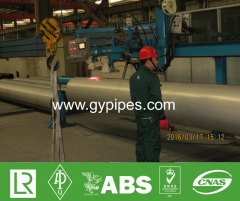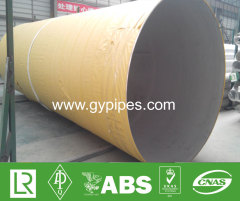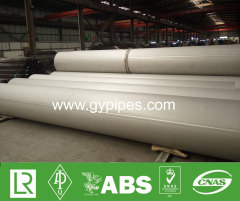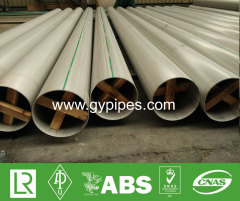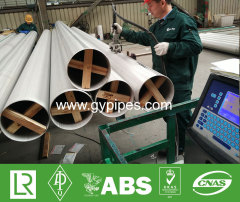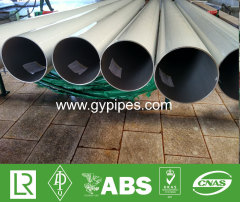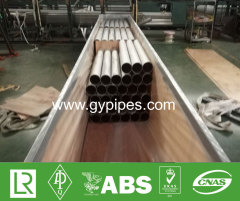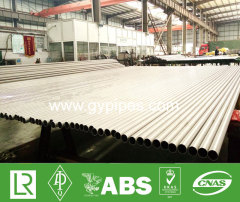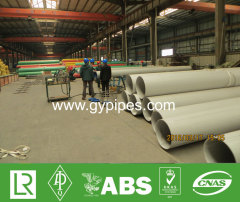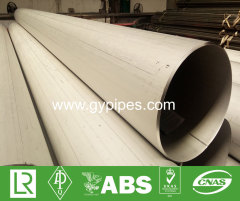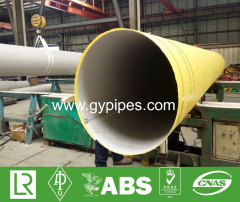
|
Ganyeah Holding Group Co., Ltd
|
Super Duplex Welded Pipe And Steel
| Price: | 4800.0 USD |
| Payment Terms: | T/T,L/C,D/P |
| Place of Origin: | Zhejiang, China (Mainland) |
|
|
|
| Add to My Favorites | |
| HiSupplier Escrow |
Product Detail
Our customers undergo a World class buying experience with us
We are highly preferred for out fastest delivery service
Super Duplex Pipe And Steel
Stress Corrosion Cracking (SCC)
SCC is a form of corrosion which occurs with a particular combination of factors:
Tensile stress
Corrosive environment
Sufficiently high temperature. Normally 50 deg C but can occur at lower temperatures around 25 deg C in specific environments, notably swimming pools.
Ferritic stainless steels
Duplex stainless steels
High nickel austenitic stainless steels
Hot water boilers
Brewing tanks
Desalination
Twice design strength of austenitic and ferritic stainless steels
Wide range of corrosion resistance to match application
Good toughness down to minus 80 deg C but not genuine cryogenic applications
Particular resistance to stress corrosion cracking
Weldable with care in thick sections
More difficult to form and machine than austenitics
Restricted to 300 deg C maximum
Unfortunately, the standard austenitic steels like 304 (1.4301) and 316 (1.4401) are the most susceptible to SCC. The following materials are much less prone to SCC:
The resistance to SCC makes duplex steels suitable materials for many processes which operate at higher temperatures, notably:
Stainless steel structures in swimming pools are known to be prone to SCC. The use of standard austenitic stainless steels like 304 and 316 is forbidden in this application. The best steels to use for this purpose are the high nickel austenitic steels such as the 6% Mo grades. However, in some cases, duplex steels such as 2205 (1.4462) and the superduplex grades can be considered.
Super Duplex Pipe And Steel Barriers to Using Duplex Steels
The attractive combination of high strength, wide range of corrosion resistance, moderate weldability would seem to offer great potential for increasing the market share of duplex stainless steels. However, it is important to understand the limitations of duplex stainless steels and why they are always likely to be "niche players".
The advantage of high strength immediately becomes a disadvantage when considering formability and machinability. The high strength also comes with lower ductility than austenitic grades. Therefore, any application requiring a high degree of formability, for example, a sink, is ruled out for duplex grades. Even when the ductility is adequate, higher forces are required to form the material, for example in tube bending. There is one exception to the normal rule of poorer machinability, grade 1.4162.
The metallurgy of duplex stainless steels is much more complex than for austenitic or ferritic steels. This is why 3 day conferences can be devoted just to duplex! This factor means that they are more difficult to produce at the mill and to fabricate.
In addition to ferrite and austenite, duplex steels can also form a number of unwanted phases if the steel is not given the correct processing, notably in heat treatment. Two of the most important phases are illustrated in the diagram below:
| Sigma phase | |
| 475 degree embrittlement |
Both of these phases lead to embrittlement, i.e. loss of impact toughness.
The formation of sigma phase is most likely to occur when the cooling rate during manufacture or welding is not fast enough. The more highly alloyed the steel, the higher the probability of sigma phase formation. Therefore, superduplex steels are most prone to this problem.
475 degree embrittlement is due to the formation of a phase called α′ (alpha prime). Although the worst temperature is 475 deg C, it can still form at temperatures as low as 300 deg C. This leads to a limitation on the maximum service temperature for duplex steels. This restriction reduces the potential range of applications even further.
At the other end of the scale, there is a restriction on the low temperature use of duplex stainless steels compared to austenitic grades. Unlike austenitic steels duplex steels exhibit a ductile-brittle transition in the impact test. A typical test temperature is minus 46 deg C for offshore oil and gas applications. Minus 80 deg C is the lowest temperature that is normally encountered for duplex steels.
Going Further with Duplex Stainless Steels
More detailed information on duplex can be found in:
Practical Guidelines for the Fabrication of Duplex Stainless Steels
Summary of Duplex Characteristics
